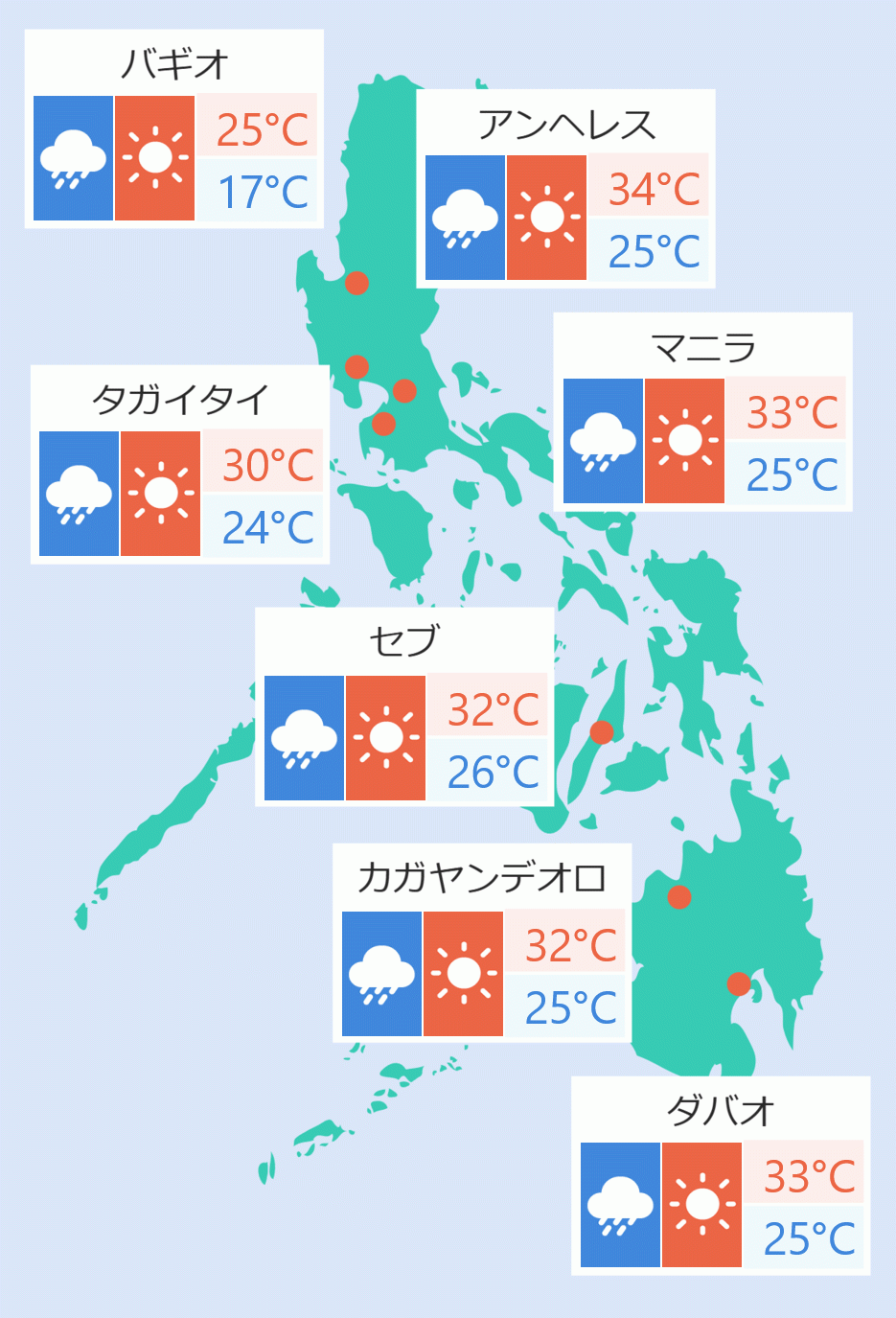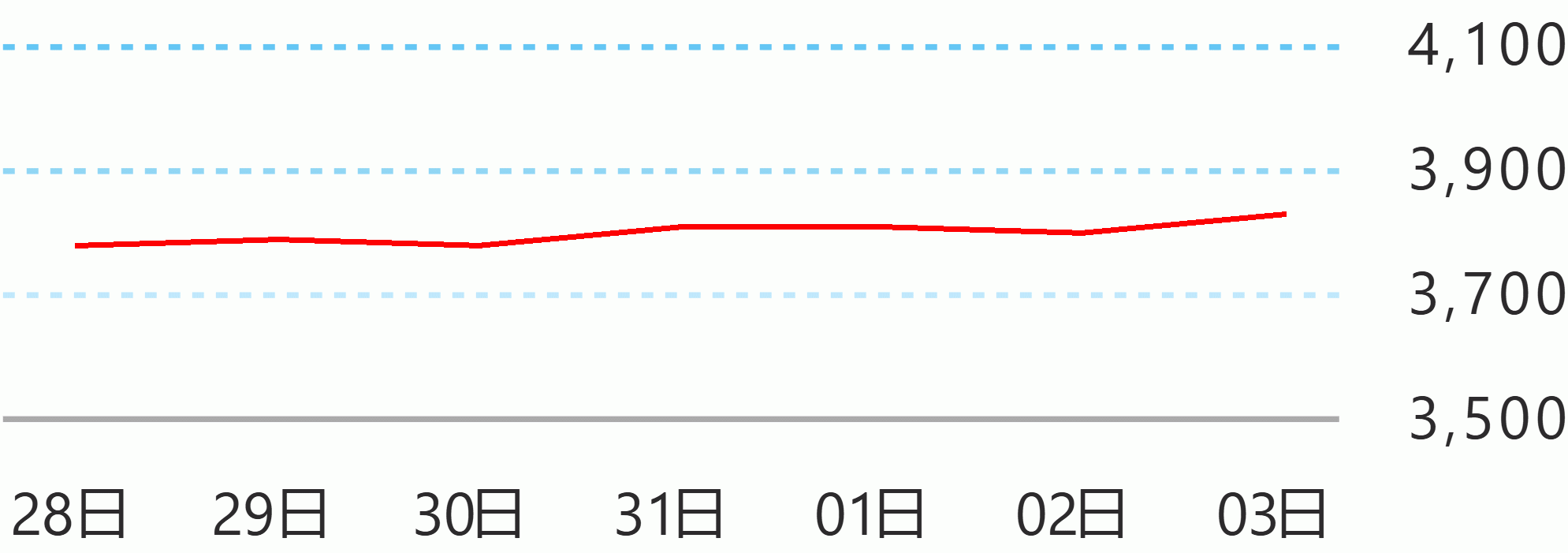The World Health Organization (WHO) said Wednesday Alert Level 3 in Metro Manila is adequate as significant reduction in mobility is observed.
"We are looking closely at the current Alert Level 3, we are seeing a significant reduction in mobility and if yesterday’s reduction in number is an indication maybe the current alert levels are adequate," WHO Representative Rabi Abeyasinghe said during the ''Laging Handa'' virtual public briefing.
"If you look at the streets of Manila, many people are not going out, They are not taking the risk. So this is going to have a significant impact on transmission. And if you notice, yesterday, we saw a 5,000-case decline in comparison to the previous day," he said.
"This may be an early indication that we are seeing a plateauing, but we need to be aware that we will continue to see the total number of cases increasing as the virus spreads out into other regions like Region III, IV-A and even Region V, Visayas and Mindanao. So this is inevitably going to happen, but we need to be careful in assessing and jumping to conclusions," he added.
Abeyasinghe said the Philippines should try to keep the economy open until there is a need to increase the alert level in Metro Manila due to possible serious economic consequences.
"We are very conscious that we will need to increase those alert levels and increase the restrictions only if we see signs of the healthcare system being overwhelmed. Right now, we don’t see that," he said.
"Projections are that the Philippines may be able to avert that even if current trends are continued until about the end of this month, meaning that red line analysis that we have done projects that we can manage the health systems to about the 27/28 of January. Given the trends up to yesterday, with yesterday’s decline, we may be able to manage beyond that," said Abeyasinghe.
"We need to try to take that best approach and try to keep the economy open unless we are seeing signs that the current alert levels are not working," he added. Robina Asido/DMS





 English
English










